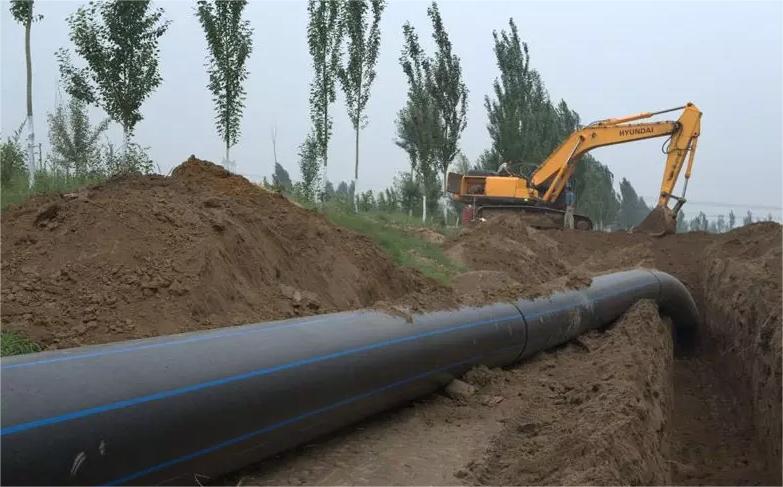Dec . 09, 2024 17:33 Back to list
HDPE Pipe Coupler Manufacturer for Reliable and Durable Connections in Plumbing Industry
Understanding Couplers for HDPE Pipe Manufacturers
High-Density Polyethylene (HDPE) pipes have revolutionized the plumbing and construction industry due to their flexibility, strength, and resistance to corrosion. As the demand for HDPE piping systems continues to rise, manufacturers are focusing on producing high-quality couplers that ensure seamless connections between pipes. This article delves into the importance of couplers in HDPE piping systems, their types, manufacturing processes, and their advantages.
The Role of Couplers in HDPE Systems
In HDPE piping systems, couplers act as connectors that join two sections of pipe together. These fittings are critical in ensuring the integrity and longevity of the entire pipeline system. Given the varied applications of HDPE pipes—from water supply and sewage systems to industrial applications—the reliability of couplers becomes paramount. A properly functioning coupler can prevent leaks, withstand pressure variations, and adapt to various environmental conditions.
Types of HDPE Couplers
There are several types of HDPE couplers manufactured to cater to different requirements
1. Mechanical Couplers These fittings use mechanical means, such as bolts and clamps, to join two pipe sections. They are easy to install and allow for disassembly if needed, making them suitable for temporary or adjustable installations.
2. Fusion Couplers Fusion welding is a popular method where the ends of HDPE pipes are heated and then fused together using a fusion coupler. This creates a nearly seamless connection, which enhances the durability and hydraulic performance of the pipeline.
3. Electrofusion Couplers Electrofusion couplers utilize electrical energy to heat and join the pipe ends together. This method is effective for high-pressure applications and is widely used in gas and water distribution systems.
4. Transition Couplers These couplers are designed to connect HDPE pipes to other types of pipes, such as metal or PVC. They enable versatility in systems that require different materials.
5. Cap and End Caps These fittings are used to close the end of a pipe section, preventing fluid from escaping. They are essential in various applications, including irrigation systems.
coupler for hdpe pipe manufacturer

Manufacturing Processes
The manufacturing of couplers for HDPE pipes involves several key steps to ensure quality and reliability
1. Material Selection The primary material for manufacturing HDPE couplers is high-density polyethylene, known for its strength and durability. Manufacturers often choose grades of HDPE that meet industry standards for specific applications.
2. Molding and Shaping The selected HDPE material is molded into specific shapes using processes like injection molding or extrusion. This step requires precision to ensure that the couplers fit perfectly with the pipes they will join.
3. Testing and Quality Control Before being brought to market, couplers undergo rigorous testing to evaluate their strength, resistance to pressure, and compatibility with various pipe sizes. Quality control measures are essential to meet industry specifications and ensure longevity.
4. Certification Many coupler manufacturers pursue certification from industry bodies to validate the quality of their products. These certifications often reassure customers that the couplers meet the required safety and performance standards.
Advantages of Using HDPE Couplers
Choosing high-quality couplers for HDPE pipes bears several advantages. Firstly, they enhance the overall strength and reliability of the piping systems, thereby reducing the likelihood of costly leaks and failures. Secondly, couplers can withstand various environmental conditions, making them suitable for diverse applications. Additionally, the ease of installation reduces labor costs and time, contributing to faster project completion.
Moreover, HDPE couplers are resistant to corrosion and chemical degradation, extending the lifespan of the piping systems. Their lightweight nature simplifies transportation and handling, while the ability to fuse HDPE pipes ensures a homogenous system free from weak points.
Conclusion
In conclusion, couplers play an indispensable role in the effectiveness of HDPE piping systems. As the demand for such systems continues to grow, the need for high-quality couplers becomes critical. Manufacturers must focus on delivering durable, reliable, and versatile coupling solutions to meet the diverse needs of the industry. With the right couplers, HDPE pipes can provide long-lasting performance and contribute to efficient fluid transportation solutions across various sectors.
-
High-Quality PVC Borehole Pipes Durable & Versatile Pipe Solutions
NewsJul.08,2025
-
High-Quality PVC Perforated Pipes for Efficient Drainage Leading Manufacturers & Factories
NewsJul.08,2025
-
High-Quality PVC Borehole Pipes Durable Pipe Solutions by Leading Manufacturer
NewsJul.08,2025
-
High-Quality PVC Borehole Pipes Reliable PVC Pipe Manufacturer Solutions
NewsJul.07,2025
-
High-Quality UPVC Drain Pipes Durable HDPE & Drain Pipe Solutions
NewsJul.07,2025
-
High-Quality Conduit Pipes & HDPE Conduit Fittings Manufacturer Reliable Factory Supply
NewsJul.06,2025

